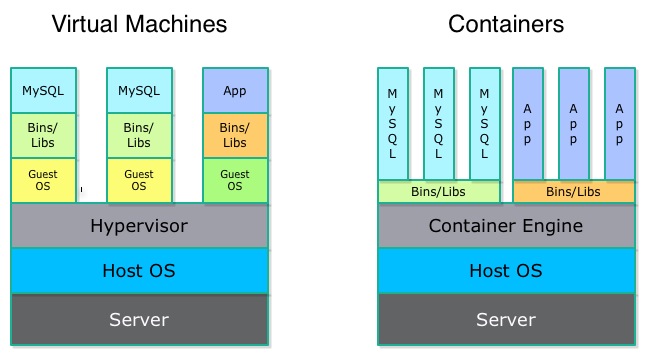
Docker For Mac Change Kubernetes Host Path Location
When one of docker, docker+machine or kubernetes executors is used, GitLab Runner uses a specific container to handle Git, artifacts and cache operations. Things work a little different for the kubernetes executor or when GitLab Runner is installed manually.
• • > • • > • • > • Using Kubernetes with Docker for Mac If you just awoke from a few months worth of slumber (three months to be exact), this might be a bit of a shocker — Kubernetes? So, yes — last October at DockerCon Europe that future EE versions are going to support Kubernetes integration.
This has been somewhat of a big topic for debate in the world of containers and orchestration, and for good reason. Since Docker offers an orchestration tool of its own, Docker Swarm, this move has given rise to article titles such as “Docker give into the inevitable” or “Kubernetes has won”. While one can argue about the unequivocal tone used in these titles, there is little doubt that 2017 was a watershed year for Kubernetes, and in many ways for Docker as well. The announcement signified a major strategic decision by Docker, and it was followed up by the a few weeks ago. What does this release mean?

Well, you can now build their containerized applications and deploy them to Kubernetes, locally and on the same Docker instance. As part of the deal, you get a single-node Kubernetes cluster using the latest version of Docker as the container runtime, and the ability to deploy to Kubernetes using Docker Compose or Kubernetes manifest files. This article reviews this new release and takes you through some steps to get a simple demo application running–and yes, there is some logging involved as well.
Downloading and installing Docker for Mac For now, Kubernetes is only available on Docker for Mac 17.12 CE Edge (special Docker version for new and experimental features), so make sure you. On your Mac, double-click the Docker.dmg file and begin the installation process as instructed. This process takes a few minutes, at the end of which Docker is installed and launched. You will also see the little Docker whale icon appear at the top of your Mac’s screen. Open your terminal and enter the docker info command to verify. Kubernetes is not enabled by default. To enable it, click on the Docker icon, go to Preferences Kubernetes, select the Enable Kubernetes checkbox and hit Apply.
After a few minutes, Kubernetes will be enabled, as reflected by the green statuses at the bottom of the preferences dialog. Exploring our Kubernetes installation Let’s enter some kubectl commands to find out more about the installation. We’ll start with. Forwarding from 127.0.0.1: 8443 -> 8443 We can now access the dashboard at localhost:8443 (just skip the warning messages that are displayed). Deploying a demo application to Kubernetes It’s time to deploy a demo application. I will use the used for the announcement at DockerCon Europe, which includes three containers — a Postgres database, a Java REST API for reading from the database and a simple Go app that calls the API to build cute sentences. Adobe flash player for google chrome on mac.
The result is quite impressive, though still in its infancy for OS X. .h264 player osx.
To deploy, we’re first going to clone the app. Words ClusterIP None 8080 / TCP 2h We can now browse to to see the beautiful app in action in our browser: The Kubernetes management dashboard will now show the relevant information about the deployment: Adding logging into the mix You didn’t think I would end this article without mentioning logging, did you? Let’s take a look at a simple way to hook up our newly installed Kubernetes with Logz.io for a simple logging workflow (feel free to skip to the summary if logging is of no interest). To do this, we will use the Docker log collector created by Logz.io. This lightweight Docker container will ship container logs, as well as Docker stats and daemon events. In production, you will need to use it per cluster node, but in our case we only have one node so it’s an easy and quick fix. Create a manifest file, and use the following example (insert your Logz.io token where relevant).